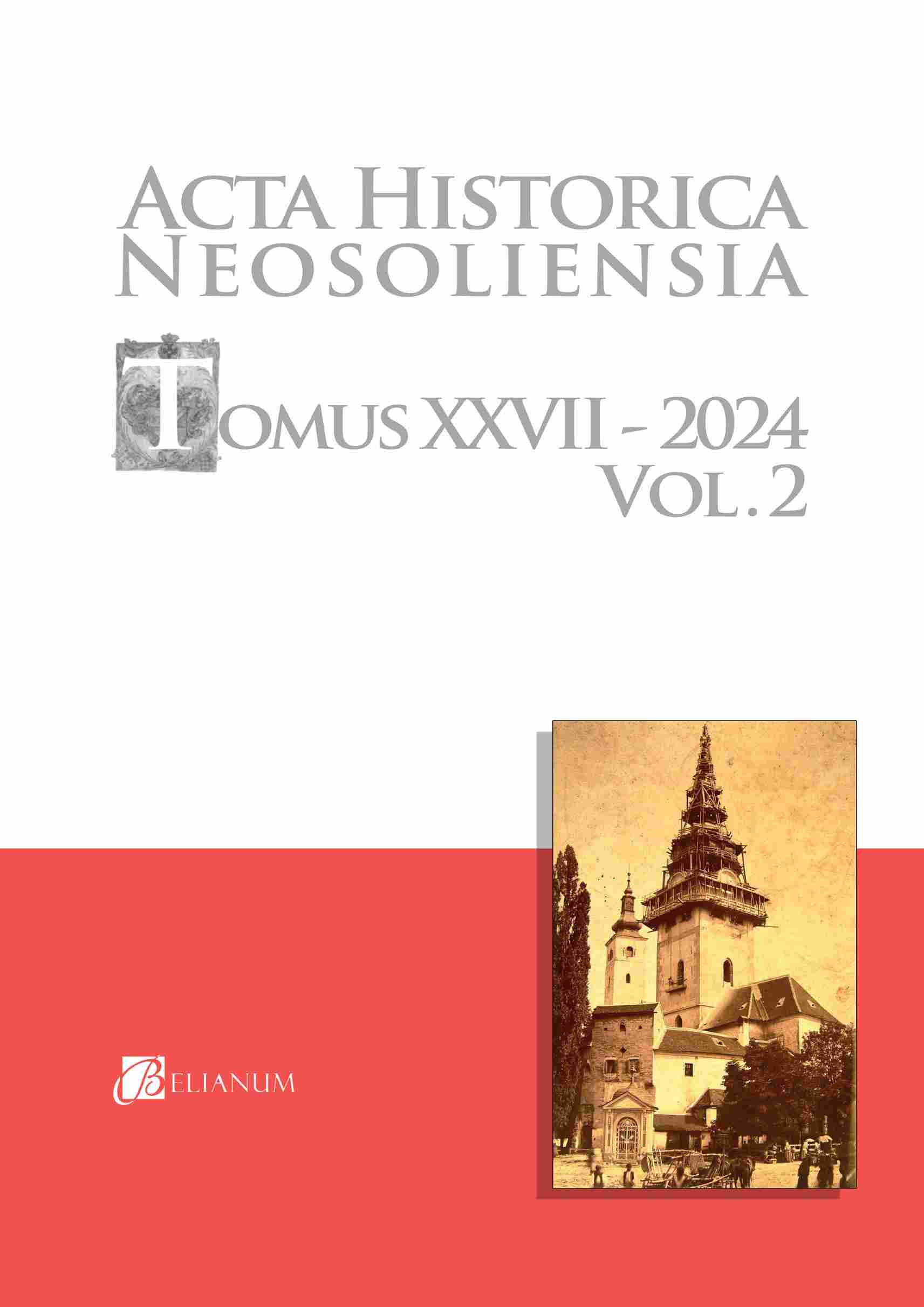Hrad a panstvo Šášov v období habsburskej komorskej správy.
Šášov Castle and Domain in Era of the Habsburg State Administration.
Author(s): Miroslav LackoSubject(s): History, Regional Geography, Environmental Geography, Applied Geography, Economic history, Socio-Economic Research
Published by: Filozofická fakulta Univerzity Mateja Bela
Keywords: Šášov castle;State domain;Cameralism;Government;Profitability;Habsburg Empire.
Summary/Abstract: The Šášov (Sachsenstein) domain was one of the state dominions in the Lower Hungarian mining district, i.e. in present-day Central Slovakia, that were integrated in the complex of state mining enterprises from the late seventeenth century to the mid-nineteenth century. These state estates became an important economic basis for whole mining district under the Habsburg control, especially in supplies with wood, charcoal, beverages, and victuals. The Šášov castle and dominion had been acquired in 1676 –1678 from the impoverished noble Lippay family and was utilized for economic needs of state enterprising in the precious metal production since then. Until the 1770s, the Šášov castle was used as a granary and the residence of domain administration was situated in the Ladomer manor house. The most profitable cameralistic projects on this state domain that are investigated in this paper represented the brewery in Šášovské Podhradie near the castle with beer production for state workers and clerks, the large taphouse for mineworkers in Štiavnické Bane (Siglisberg), and the state wood-yard in Jalná for a wood and charcoal supply of state mines and smelteries. During the eighteenth century, the integration of this domain into the system of state mining enterprising reached a highest peak.
Journal: Acta historica Neosoliensia
- Issue Year: 27/2024
- Issue No: 2
- Page Range: 39-59
- Page Count: 21
- Language: Slovak

